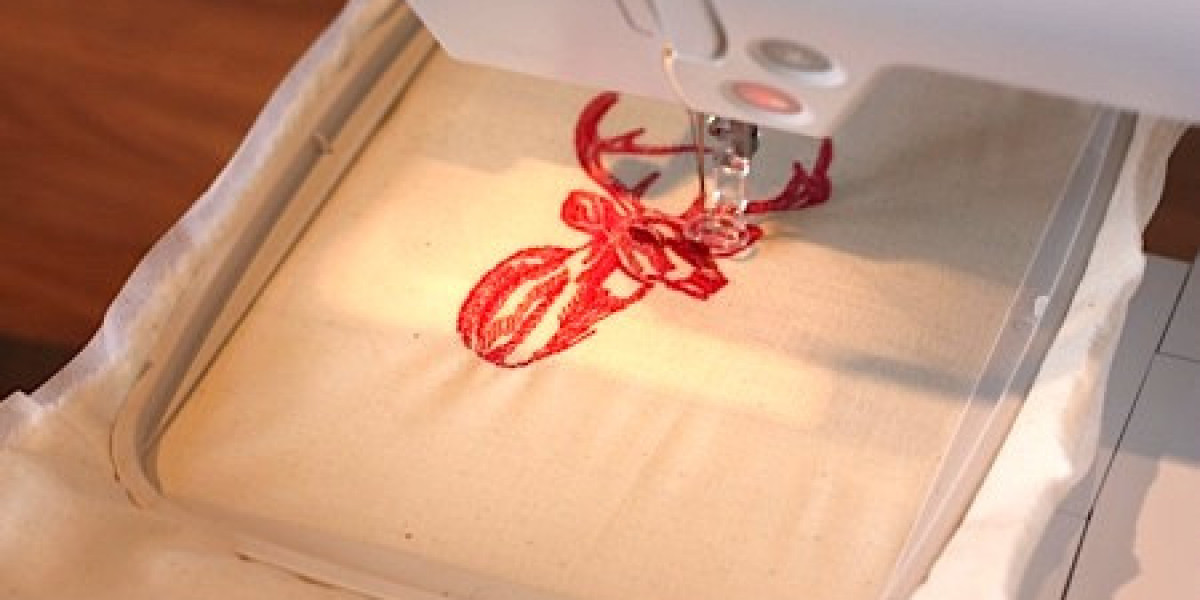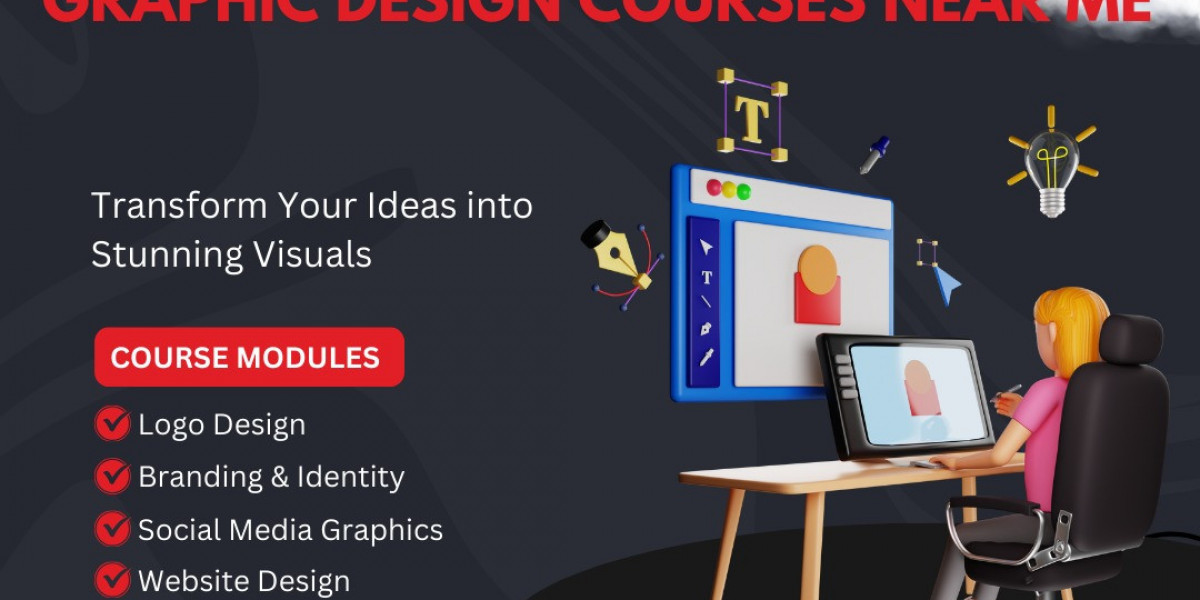You’ve found the perfect image for your project, but there’s a catch: it’s a low-resolution JPG or PNG, and you need a crisp, scalable vector file for printing, branding, or product design. This is where vector tracing, or raster-to-vector conversion, comes in. But when you start looking for a service, you’re met with a wide range of quotes, leaving you wondering what a fair price actually is. Understanding Vector Tracing Pricing is key to budgeting your project correctly and ensuring you get quality work without overpaying. The cost isn't arbitrary; it's directly tied to the complexity of the image and the time an artist needs to recreate it perfectly.
This guide will demystify the industry standards for vector tracing, breaking down the cost factors, common pricing models, and what you can expect for your investment.
It's Not a Button: Why Vector Tracing Costs Money
First, it’s important to dismiss a common misconception: vector tracing is not simply running an image through an automated "trace" tool in Adobe Illustrator. While auto-trace functions exist, they often produce messy, inefficient, and inaccurate results, filled with unnecessary anchor points and flawed paths.
Professional vector tracing is a manual, skilled process. A graphic artist meticulously redraws your image using Bézier curves in software like Illustrator or CorelDRAW. They create clean, precise paths that are mathematically perfect and infinitely scalable. You are paying for their expertise, time, and eye for detail. The core factors that influence Vector Tracing Pricing are all about how much of that skilled time your image will require.
The Key Factors That Determine the Cost
When a service provides a quote, they are evaluating your image based on several key complexity factors.
1. Image Complexity and Detail
This is the single biggest driver of cost. A service will categorize your image into a tier:
Simple: Logos with basic shapes, solid colors, and no gradients. Think of a company name in a block font with a simple icon. These are quick to trace.
Moderate: Designs with more detail, such as multiple colors, custom lettering, or more intricate icons. A detailed mascot logo or a slightly complex illustration falls here.
Complex: Highly detailed images like product illustrations, architectural drawings, or detailed portraits with shading, many colors, and fine lines. These require significant time and skill.
2. The Number of Colors
A black-and-white logo is far quicker to trace than a full-color illustration. Each additional color adds a new layer and requires the artist to carefully define new shapes. Projects requiring precise color matching (like Pantone spots for branding) may also carry a slight premium.
3. The Presence of Gradients, Shadows, and Textures
This is a major complexity spike. Converting a soft, blurry gradient or a photographic shadow into vector format is challenging. The artist must use techniques like gradient meshes or clever layering of transparent shapes, which is a time-consuming and advanced skill. Images with these elements will always cost more than flat-color graphics.
4. Image Quality and Clarity
A clean, high-contrast, and large source image is easy for an artist to work from. A blurry, pixelated, or watermarked image takes more time to interpret and can lead to back-and-forth clarification with the client, increasing the project's overall time investment.
5. Turnaround Time
Need it in a few hours? A rush fee is standard practice across the industry. Projects with standard turnaround (24-48 hours) will have the base price.
Industry Standard Pricing Models
You’ll generally encounter three main pricing models in the vector tracing industry.
1. Per-Image Tiered Pricing (Most Common)
This is the most transparent and client-friendly model. Services clearly list packages based on complexity.
Simple Tracing: $10 - $25 per image
Ideal for: Basic logos, simple clipart, single-color designs.
Moderate Tracing: $25 - $75 per image
Ideal for: Multi-colored logos, detailed icons, custom text.
Complex Tracing: $75 - $200+ per image
Ideal for: Detailed illustrations, technical drawings, images with gradients and shading.
Many services offer a free quote upon seeing your image, placing it into the most appropriate tier.
2. Hourly Rate
Some freelance designers or agencies charge an hourly rate, typically ranging from $25 to $100+ per hour, depending on their experience and location.
Pros: Fair for projects where the scope is unclear or likely to change.
Cons: As a client, you have less certainty about the final cost. A complex image that takes 3 hours at $50/hr suddenly costs $150.
3. Subscription or Bulk Packages
If you have a high volume of images (e.g., 50+ logos for a catalog), many services offer discounted bulk pricing. You might pay a flat project fee or a reduced per-image rate.
What to Expect for Your Money: A Real-World Breakdown
Let's translate those price tiers into concrete examples.
For $15-$20: You can get a clean, simple logo traced. Think of a basic circle and text, or a silhouette. You'll receive a crisp, usable vector file perfect for most business needs.
For $30-$50: You can convert a more detailed logo, perhaps with a custom mascot and several colors. The artist will pay close attention to line consistency and shape accuracy.
For $75-$150: You are paying for high-end work on a complex piece. This could be a detailed vehicle wrap design, a technical illustration for a manual, or a portrait converted to vector art. This level requires a highly skilled artist.
Hidden Costs and What to Look For in a Service
When comparing quotes, look beyond the price tag.
Revisions: Does the price include 1-2 rounds of revisions? It should. You need the ability to request minor adjustments without a new fee.
File Formats: The final deliverable should always include the native AI or EPS file, plus PDF, SVG, and perhaps PNG. Confirm this.
Quality Guarantee: Reputable services offer a 100% satisfaction guarantee. If the tracing is poor, they should fix it for free.
"Too Good to Be True" Pricing: Be wary of services offering $5 vector tracing. At that price, they are almost certainly using a fully automated tool with no human oversight, and the results will reflect that.
How to Get the Best Value
To ensure you get a fair price and a great result:
Provide the Highest Quality Source Image Possible.
Be Clear About Your Project's End-Use. Is it for a giant billboard or a small business card? This helps the artist prioritize certain details.
Communicate Clearly. If you have specific needs (e.g., "ignore the background," or "make this line thicker"), state them upfront.
Get Quotes from Multiple Reputable Services. Compare their portfolios and communication style, not just their prices.
Conclusion: An Investment in Quality
While it's tempting to seek the lowest possible Vector Tracing Pricing, it's crucial to remember that you are investing in a foundational asset for your brand or project. A poorly traced logo can look unprofessional and cause issues in production. Paying a fair, industry-standard price ensures you receive a clean, accurate, and versatile vector file that will look perfect at any size, on any medium.
By understanding the factors that drive cost and the standard pricing models, you can approach your next vector tracing project with confidence, knowing exactly what you’re paying for and why quality craftsmanship is worth every penny.







